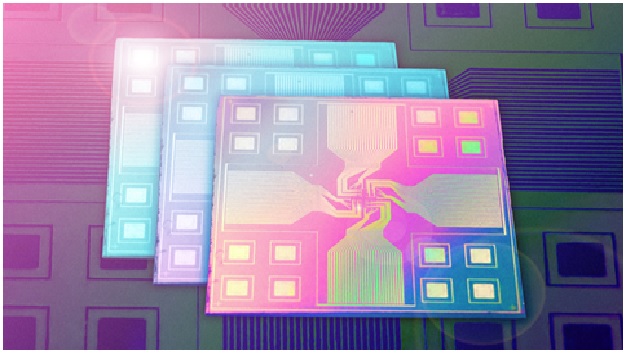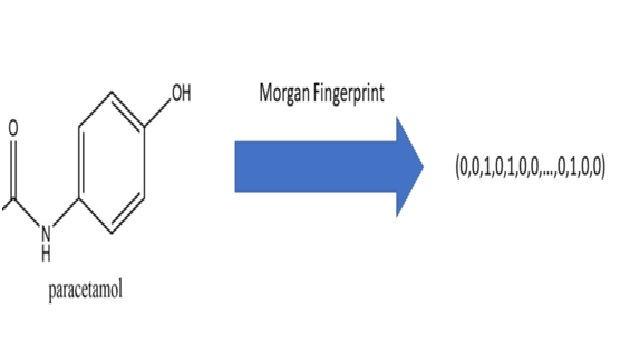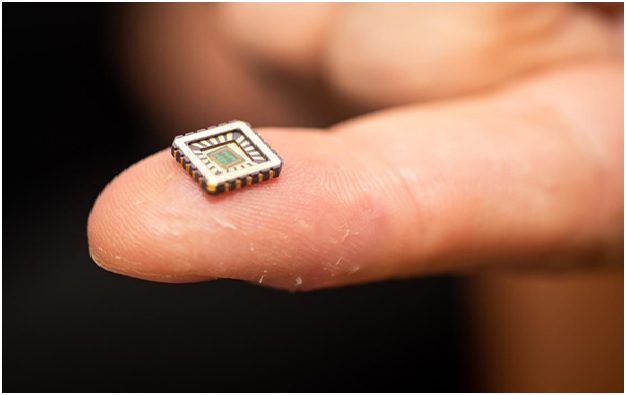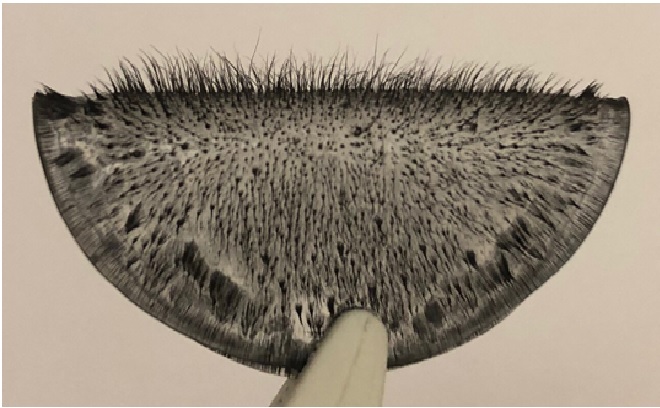The Artificial Eye Technology: Looking to the Future
Artificial Eye technology is a visual prosthetic system. It is used for replacing dead or damaged eyes. This technology uses a camera that interacts with the brain to simulate the optic nerve. This is a cosmetic process to enhance the appearance of a person with eyes that have been removed. [1] It is not really an eye but it serves as a cover to the eye socket. The artificial eye is also called a fake eye or glass eye is shown in figure 1.
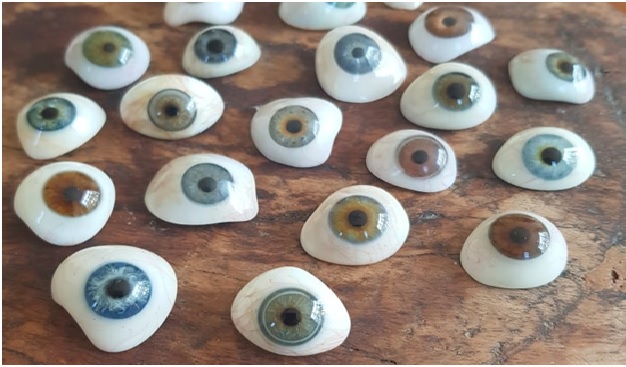
Figure 1: The Artificial Eye [2]
This technology was created to restore the vision of the visually impaired. Many of the people are affected by visual problems that lead to eye damages or loss of vision. The visual problems may include enucleation, blind/painful eye, ocular melanoma, diabetic retinopathy, trauma, ruptured globe, penetrating eye injury, perforating eye injury, cataract, etc. This technology was needed to provide them with a way to still see the world.
There are two surgical methods for removing a damaged eye. The type of surgery you have will affect the selection of a prosthetic eye. [3] The two methods are:
Evisceration. In this method, the jelly-like inside of the eye is suctioned out. This is done through an incision in the front of the eye. But the procedure preserves tissues in the:
- outer eye
- eye socket (orbit)
Enucleation. In this method, the entire eye (the globe-like "eyeball") is cut away and removed from the eye socket.
Your doctor will decide which method to use based on:
- type of eye condition you have
- degree of damage to the eye
This complex structure makes the eye an excellent image-sensing device, but also makes it rather difficult to reproduce artificially – a task that could prove useful in robotics, prosthetics, and electronic devices like cameras. Current digital cameras cannot match the resolution or field of view of the human eye for the same size device, but utilize widely-used silicon-based manufacturing technologies (the same as those used for microchips and in computers and cell phones). These techniques are cheap, fast, and can be easily automated, but are limited to flat products. [4] Now, engineers from The Hong Kong University of Science and Technology and UC Berkeley have built an artificial eye with a structure that closely resembles the human eye and may even have the ability to surpass its image sensing capabilities.
The front side of the “electrochemical eye” (EC-EYE) device consists of a lens, an aperture which mimics the human iris, and an aluminum shell filled with an electrically-charged liquid analogous to the gel-like vitreous humor in the human eye. In the back, a silicone eye socket is used to make contact between the sensing components and the wires used to send the electrical activity to a computer for processing. The only remaining piece is the main innovation in this work- the actual sensing devices themselves, which are made of tiny electrically sensitive nanowires space one two-thousandth of a millimeter apart, even closer than the photoreceptors in the human eye. Incoming light particles cause electrical reactions on individual nanowires, which can be picked up and processed by the computer. The response rate of these nanowires is even faster than photoreceptor cells, approximately one twenty-fifth of a second. The authors interfaced the EC-EYE with a computer and demonstrated that the device is capable of “seeing” the letters A, E, I, and Y with higher resolution than flat image sensing devices using a ten-by-ten grid of pixels.
References:
- https://www.geeksforgeeks.org/what-is-artificial-eye-technology/
- https://www.abc.net.au/news/2019-03-26/young-melbourne-women-making-fake-artificial-prosthetic-eyes/10928446
- https://www.webmd.com/eye-health/prosthetic-eye-ocular-prosthesis
- https://sitn.hms.harvard.edu/flash/2020/looking-to-the-future-creating-an-artificial-eye/
Cite this article:
Vinotha D (2022), The Artificial Eye Technology: Looking to the Future, AnaTechMaz, pp. 102




